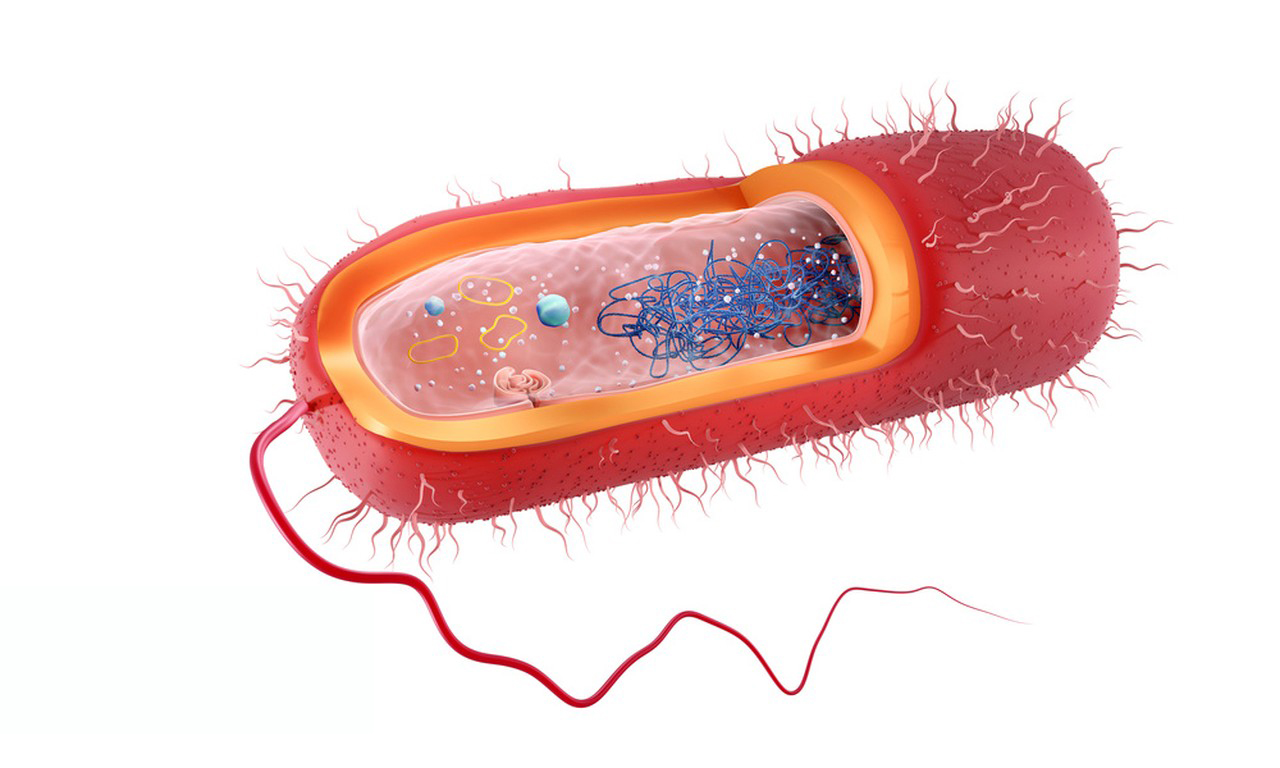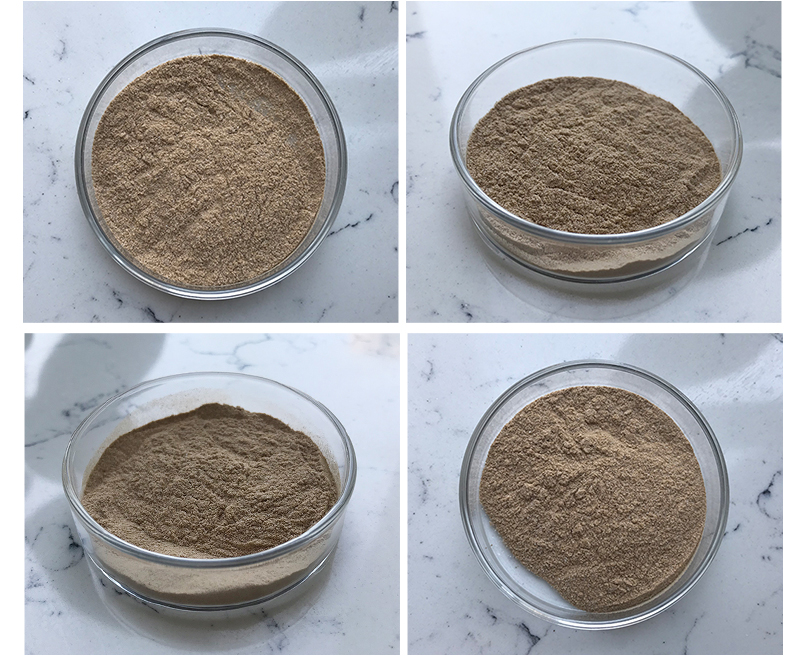Bacillus megaterium is a species of bacterium belonging to the Bacillus genus. Here’s an overview of its origin, properties, and introduction:
Origin of Bacillus Megaterium:
- Natural Habitat: Bacillus megaterium is widely found in soil, water, and decaying organic matter. It can also be found in the gastrointestinal tracts of some animals.
- Discovery: It was first identified in the early 20th century as a large spore-forming bacterium, distinguishing it from other Bacillus species.

Properties of Bacillus Megaterium:
- Morphology: Bacillus megaterium is a large, rod-shaped bacterium, typically measuring about 0.5 to 1.0 micrometers in diameter and 2 to 4 micrometers in length. It can form endospores, which are resistant to extreme conditions.
- Gram Staining: It is gram-positive, meaning it retains the crystal violet stain used in the Gram staining procedure.
- Metabolism: Bacillus megaterium is aerobic and can also grow anaerobically under certain conditions. It is capable of fermenting a variety of sugars and can utilize different carbon sources.
- Enzymatic Activity: It produces a range of enzymes, including proteases and amylases, which makes it valuable for industrial applications.
- Growth Conditions: It prefers a neutral to slightly alkaline pH and grows optimally at temperatures around 30-37°C.

Introduction of Bacillus Megaterium:
Bacillus megaterium has garnered interest in various fields, including microbiology, biotechnology, and agriculture. It is used in:
- Biotechnology: Bacillus megaterium is employed in the production of enzymes, such as amylases and proteases, which are used in food processing and detergent formulations.
- Genetic Studies: It serves as a model organism for studying bacterial genetics and molecular biology due to its relatively large genome and ease of genetic manipulation.
- Bioremediation: Its ability to degrade certain pollutants makes it a candidate for bioremediation efforts.
- Agriculture: Bacillus megaterium is explored as a biofertilizer, promoting plant growth by enhancing nutrient availability in the soil.
Overall, Bacillus megaterium’s robust characteristics and versatility make it an important organism in both environmental and industrial microbiology.
